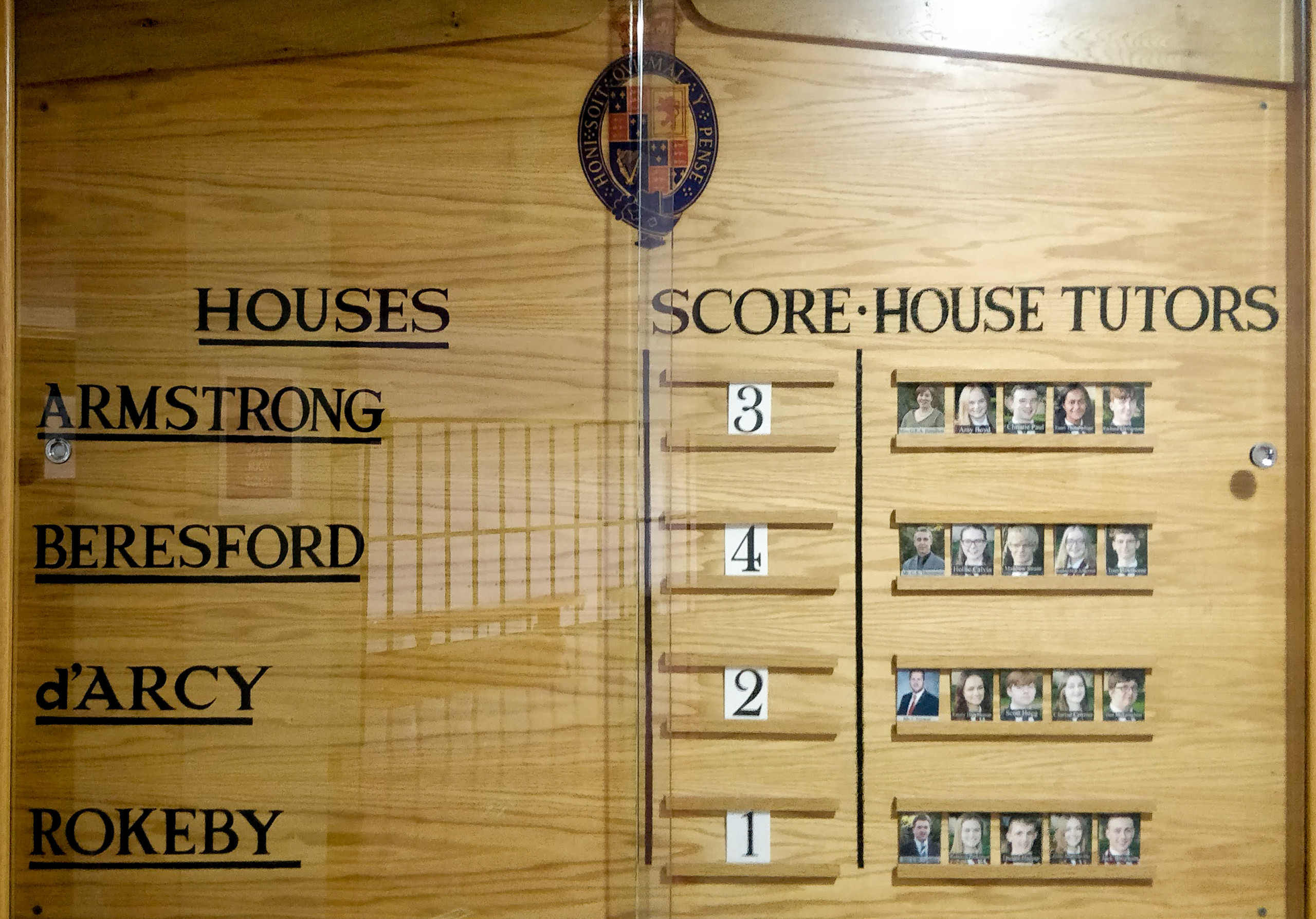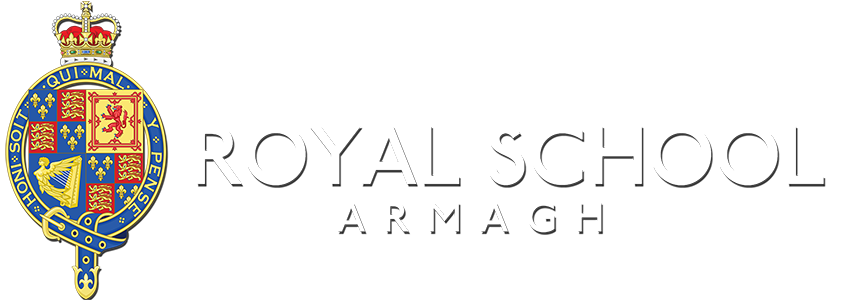The House System

The history of school houses dates back to the days when pupils lived at school away from their families and identified closely with the houses they stayed in and the schoolmates they lived with. These houses were families away from the family and came to be used for administrative purposes and for pastoral care. Over the centuries, as day pupils came to predominate in schools the house system endured as a key way to engender loyalty and a sense of belonging within school, to provide opportunities for pupil leadership and a structure for healthy competition.
All pupils in the school are members of one of four houses eponymously named after different Archbishops of Armagh who were in office at a time of significant development in school. They are namely: Armstrong, Beresford, d’Arcy and Rokeby. The school greatly values its unbroken line of association with the Archbishops starting with Henry Ussher in 1608.
While not every pupil will be able to represent a school team they can all ‘do their bit’ for their house and inter-house competitions afford significantly greater participation opportunities for the widest possible range of pupils. Not every activity needs to involve competition at inter-school level and certain activities find their proper place within the house system. The underpinning philosophy and the wholesome nature of the house system align perfectly with the school’s mission to enable students to develop as individuals, to get involved, to flourish, and be happy.
The houses compete against one another in a range of activities across the year such as:
– Athletics
– Debating
– Hockey
– Netball
– Photography
– Rugby
– Swimming
– The Talent Show
– The Quiz
– Creative Writing Competition
– Tennis
The houses have a relational and pastoral impact which contributes significantly to the community feel of the school because house teams and assemblies oblige pupils to mix ‘vertically’ rather than just ‘horizontally’ consequently, a Year 8 pupil will have an opportunity to mix with senior pupils and vice versa. They can get to know one another. This helps to foster strong relationships, team work, camaraderie and assists junior pupils to settle into school. The house system is therefore a key aspect of our pastoral system.
Each house is led by member of staff who is House Master or House Mistress and they are assisted by two house captains and two house vice captains (one male and one female) for each house. House captains and vice captains form part of the Senior Prefect Team alongside the Head Boy, Head Girl and their deputies.

D’Arcy

Beresford

Rokeby

